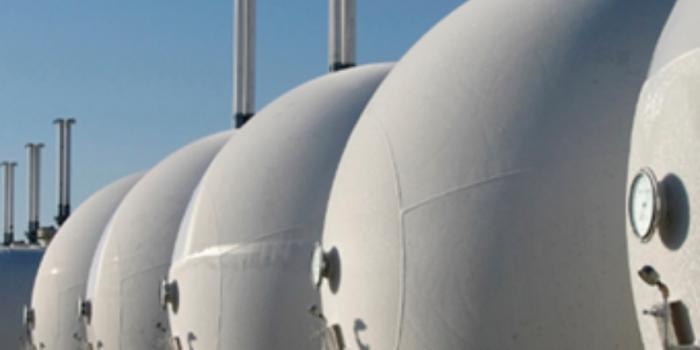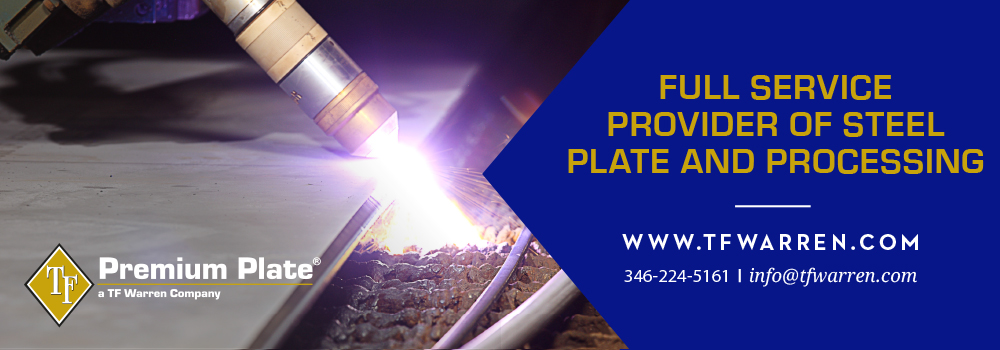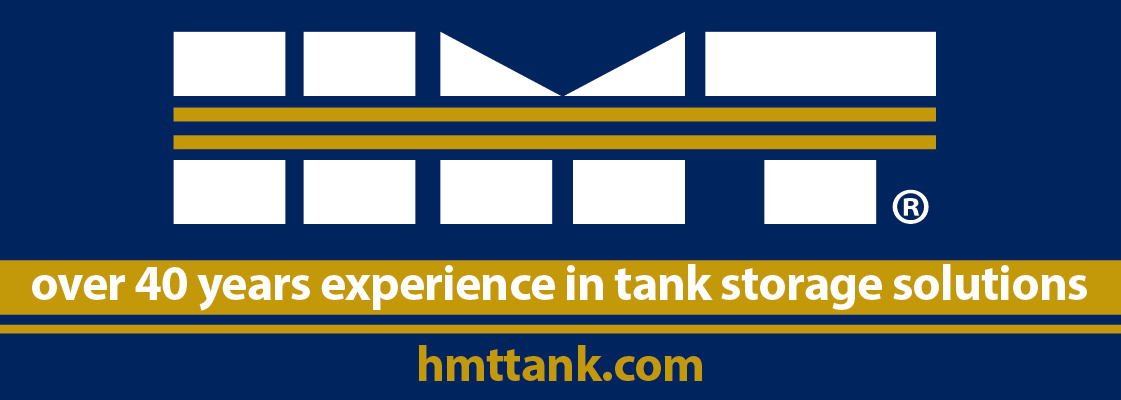ROSEN: The recommissioning of an oil and gas terminal facility
Oil and gas terminals change hands often, and many times in such changeovers, information and knowledge about the individual assets in a facility gets lost. This is the case even more so with ageing infrastructure or terminals that have not been in operation for a long period of time, where the information that is available is also outdated. This was the case described in this story. Before an oil terminal could go back into operation after many years, an all-encompassing integrity assessment and extensive refurbishment needed to take place. Initially, the scope included the inspection of two tanks and one 450-meter, eight-inch loading line. However, as the project progressed, ROSEN delivered much more than just inspection work and integrity assessments.
Step-by-step towards operation
After conducting a full site visit and assessing the state of the facility, the ROSEN Group proposed a comprehensive integrity campaign, which included: tank inspection, shell corrosion scanning, piping inspection, 3D laser scanning for dimensional assessment, as-built drawing, and tank and piping calibration.

Based on the assessments, ROSEN was able to provide repair recommendations and was then appointed to lead the project management consultancy to conduct the necessary refurbishments of the facility. The scope of this refurbishment would include not only the provision of a project management team but also the coordination and completion of repairs to ensure the facility would go back into operation. This included repair work on both tanks as well as piping inside the facility fence. ROSEN will accompany the operator along the entire road to operation.
Tackling the tanks
In order to ensure the structural integrity of the two tanks, the ROSEN Group delivered a series of inspections, including an out-of-roundness survey, scanning and floor mapping of bottom plates, and a shell corrosion screening. The two tanks were 870 m³ and 2,070 m³, respectively, and were meant to store oil when back in operation.
To begin, a qualified surveyor conducts the out-of-roundness survey from the bottom of the shell to the top. As the name describes, this survey indicates the roundness of the tank based on the outside diameter. The collected data from this survey is used for comparison to allowable values. Out-of-roundness, among other things, is a threat that addresses the proper functionality of the floating roof of the tank. According to API 653, defined radius tolerances are permitted (as seen in the table below). If the tolerances are greater, remedial action is required.
Next, scanning and floor mapping of bottom plates is done to determine any corrosion pitting, primarily on the underside of the tank floor where visual inspection is not possible. It also encompasses a survey of the top surface, hereby providing a 100% floor thickness survey. Before starting the scan, the surface condition of the tank bottom must be assessed for its suitability to scanning; this ensures that any needed cleaning work can be done prior to the scan and that high-quality data is collected. The scanning method then utilizes a high-resolution magnetic flux leakage floor scanner (TBIT) and digital floor mapping with c-scan, which covers the critical zone to, again, ensure 100% inspection coverage. When combining these two techniques, both top surface pitting and underfloor corrosion can be identified, measured and recorded, along with the location. Once the data is collected and assessed, any necessary repair recommendations can be made.
Due to the age of the tank, insufficient historical information on its operations and the fact that it has been idle for a period of time, preliminary visual inspection suggested scattered internal corrosion at the shell plates. Isolated corrosion on large surfaces like tank shells can be very hard to identify and extremely time-consuming. Therefore, as a third survey, an automated crawler system equipped with electro-magnetic transducer (EMAT) technology scanned the entire wall area. The shell and vessel scanner is based on an ultrasound (UT) signal generated by EMAT sensors. These sensors have the ability to scan an object using UT without the need of a liquid couplant. Sensors are integrated in a remotely operated vehicle (ROV) that climbs along the wall using strong magnetic wheels. The entire inspection can be controlled from the ground level, keeping operators safe and saving significant scaffolding costs. Online data analysis and feature identification allow for real-time monitoring and recording. After the inspection, the large amounts of data are stored and processed, and the results are summarized in a clear and informative report. Data visualization provides an overview of defect positions and severity, enabling the operator to take action.
A look at the loading line
Based on the piping inspector’s visual assessment, the loading line was found to have extensive external corrosion. The internal condition of the pipe was still unknown. Hence, ROSEN proposed a combination of ROSEN’s EMAT in-field service equipment (IFSE) to address the short piping and piping supports. In addition, the ROSEN Group introduced long-range ultrasound (LRUT) for the longer lengths of the pipe. This ensured 100% coverage, internally and externally.
In-field service equipment (IFSE) is a set of manually operated devices ideal for inspecting above-ground piping from the outside while still gaining integrity data of the interior and exterior of the pipe wall. It is also used to inspect piping at supports where localized corrosion can occur on the exterior of the pipe underneath coating or paint, causing the location to slightly bulge. The equipment has two different setups: circumferentially orientated (CIRC) and axial orientated (AXUS). It uses electromagnetic acoustic transducer technology (EMAT) that induces a soundwave into the pipe wall. The technology provides many different wave modes to inspect a structure, each with unique characteristics with their own specific application for optimal feature detection. The circumferential inspection is performed rather quickly as the CIRC tool travels along the entire length of the pipe, sending the EMAT signal through the entire circumference of the line. The CIRC tool provides an axial profile of the corrosion, allowing for integrity status on both pipe body and possible corrosion under external pipe supports.
To complement the IFSE inspection, an LRUT inspection was conducted for the longer sections of the pipe. This technology propagates a low-frequency, guided ultrasonic bulk wave transmission into the pipe from a transducer array affixed to the pipe; the technology operates just above audible frequencies. These low frequencies are necessary to enable an appropriate wave mode to travel the surface of the pipe.
The findings
The comprehensive inspections of the tanks and piping rendered the data needed for ROSEN experts to make repair recommendations. These included the replacement of a tank roof, external coating of tanks and rafter replacement work. The refurbishment recommended for piping within the facility included the replacement of certain sections of the pipe modifications to prolong the service life of the pipe. The data essentially allowed the operator to make educated decisions on how to move forward in getting the facility into operation safely and efficiently.
For more information visit www.rosen-group.com
5th December 2019

























